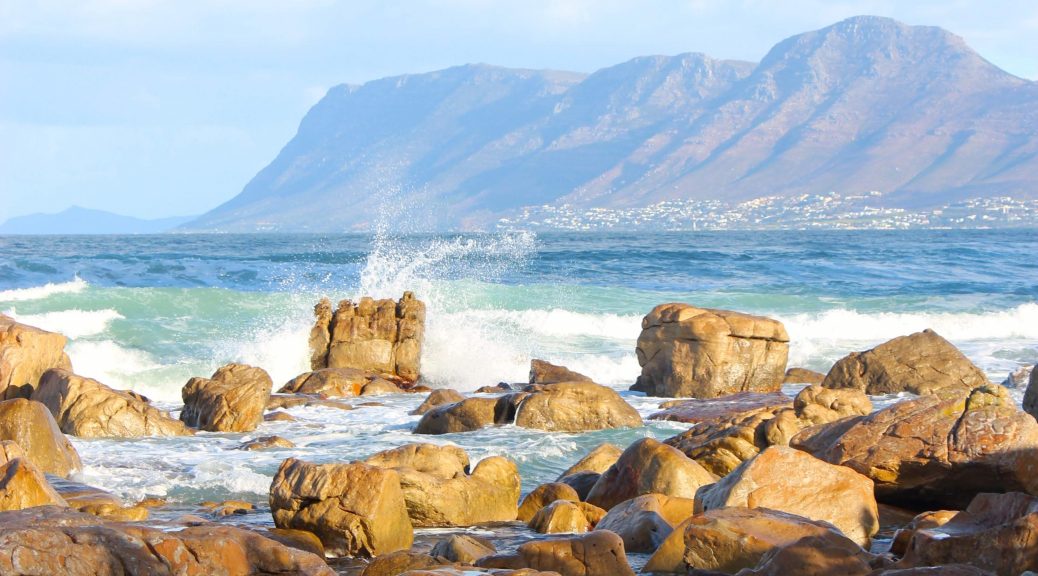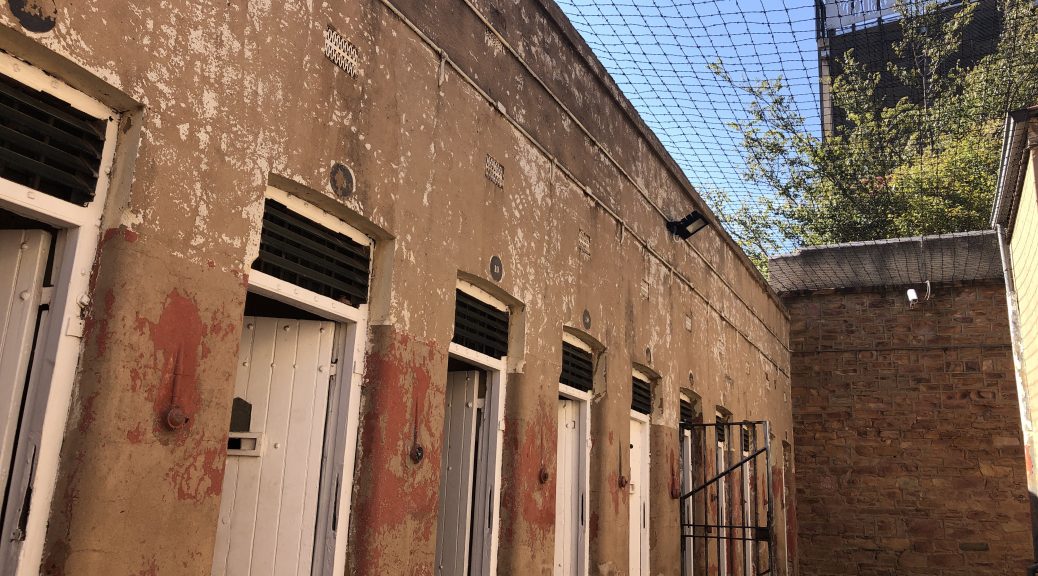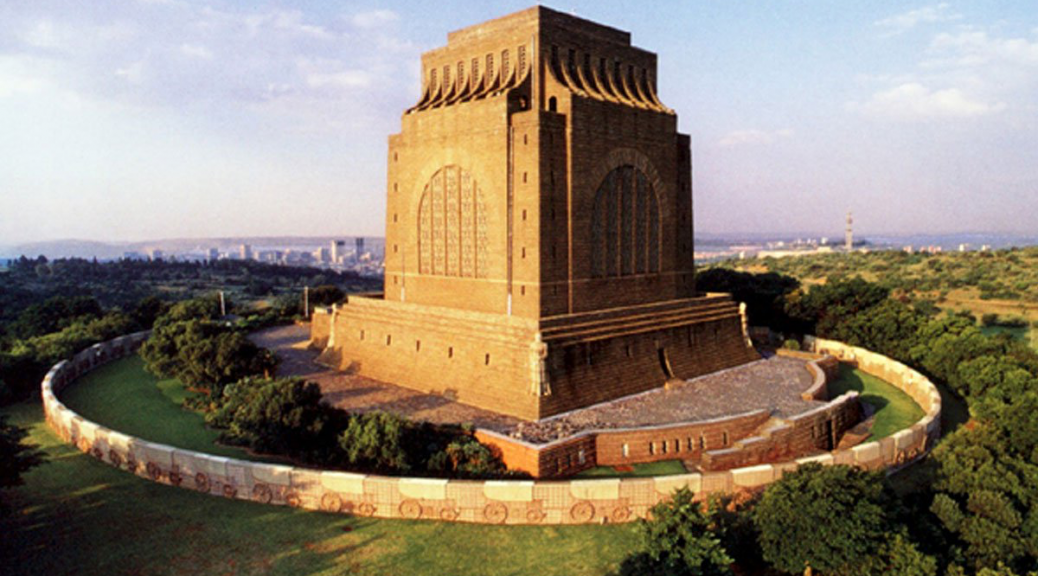After 3 long days in the bus, including a 2.5 hour-long delay due to engine issues, we rolled into Capetown. As an exhausted and grateful bunch, we unpacked the bus, dragging our suitcases up 3 flights of stairs to our new home for the next 10 days. Many of us feel refreshed with the … Continue Reading ››
Category Archives: South Africa 2019
South Africa: examining criminal justice
5 June, 2019
This is a short post, but it was a heavy day:
At a place in Johannesburg called Constitution Hill, we learned about the history of criminal justice through the Number Four prison and Women’s Jail. They were open during the majority of the 20th century, a reflection of apartheid, as they forcibly separated people … Continue Reading ››
South Africa: understanding the Boer narrative
What we’ve experienced, which has provoked much thought and emotion, are the many ways in which one history can be told. In the last blog post, we focused on the how the oppressed experienced apartheid, which, on this cross-cultural, is intentionally what we’re choosing to focus on first. In … Continue Reading ››South Africa: Soweto
Bumping along in our small, faulty-but-still-chugging bus driven by Baba, with mini Table Mountains lining the landscape of our three-day trip from Joburg to Capetown, we compile this blog, attempting to blend together these many thoughts from the past week. We’ve decided as a group to release this first week of learning over … Continue Reading ››



